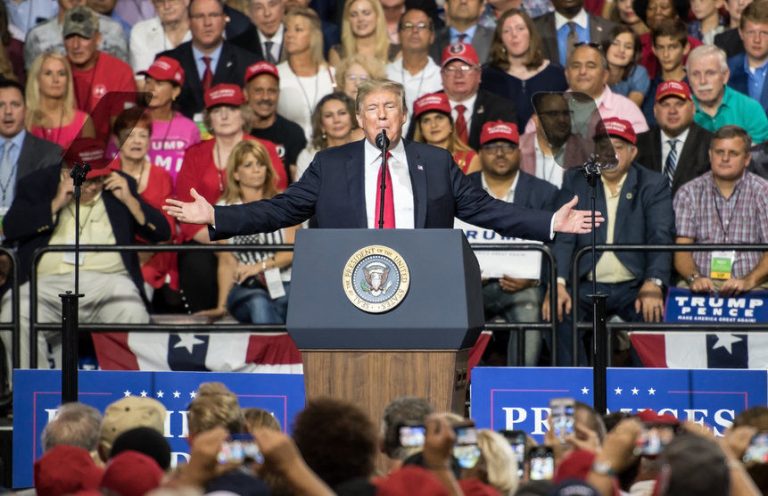In October, foreign institutional investors (FIIs) pulled out a staggering $12 billion from Indian equities, surpassing the previous record set in March 2020.
Yet, despite these heavy withdrawals, India’s equity indices displayed resilience, thanks to unprecedented investments by domestic institutional investors (DIIs).
These domestic players stepped up in the face of FII outflows, taking local markets by storm.
With their buying momentum, DIIs may have become the largest holders of Indian equities for the first time this century, marking a shift in the ownership balance of Indian assets, a report by The Economic Times said.
The gap between FIIs and DIIs narrows
By the end of September, the gap between FII and DII ownership in NSE-listed companies had shrunk to just 109 basis points, marking a historic low.
Although full ownership data for October through December won’t be available until January, preliminary signs suggest that the trend of rising domestic ownership continued through October.
“There has been a dramatic shift in ownership in Indian capital markets over the past few quarters, with local investors taking the lead and FIIs losing influence,” commented Pranav Haldea, MD of Prime Database Group in the report.
This shift points to an evolving landscape where Indian equities are increasingly supported by local capital, which has gained resilience and scale in recent years.
Record SIPs fuel domestic market power
The growth of Systematic Investment Plans (SIPs) has been a crucial factor in the rise of DIIs.
Monthly SIP inflows surpassed ₹20,000 crore in April and reached a new peak of ₹24,508.73 crore by September, underscoring a growing commitment from Indian retail investors.
Each month saw an increase, with the number of new SIPs registered hitting nearly seven million in September.
The country’s mutual fund industry’s Asset Under Management (AUM) reached Rs 66.70 lakh crore in August.
This steady inflow has provided DIIs with additional resources to counterbalance FII sales, bringing stability to the market.
Prateek Agrawal, MD and CEO, of Motilal Oswal AMC, said,
Over time, domestic money has indeed shifted from other asset classes to stocks as expected amid a rising per capita disposable income.
Empowered role of DIIs in making markets more resilient
Historically, significant FII outflows would send shockwaves through the Indian stock market, often leading to sharp corrections.
However, the dynamics have changed in recent quarters as DIIs have started playing a more substantial role.
“In the past, when FIIs sold, the market would collapse, and LIC and other domestic institutions would step in to prevent further damage. Now, things have changed,” Haldea noted.
In the September quarter, DIIs invested nearly ₹1.03 lakh crore in Indian equities, compared to the ₹55,629 crore bought by FIIs, demonstrating the capacity of domestic funds to anchor market stability.
With DIIs outpacing FIIs in October, the Indian market may be witnessing a long-term shift in ownership.
As domestic capital continues to grow, bolstered by record SIP contributions and investor interest, India’s financial markets are likely to become increasingly resilient against global volatility.
The post Are DIIs becoming the new owners of Indian equities as FIIs flee? appeared first on Invezz










